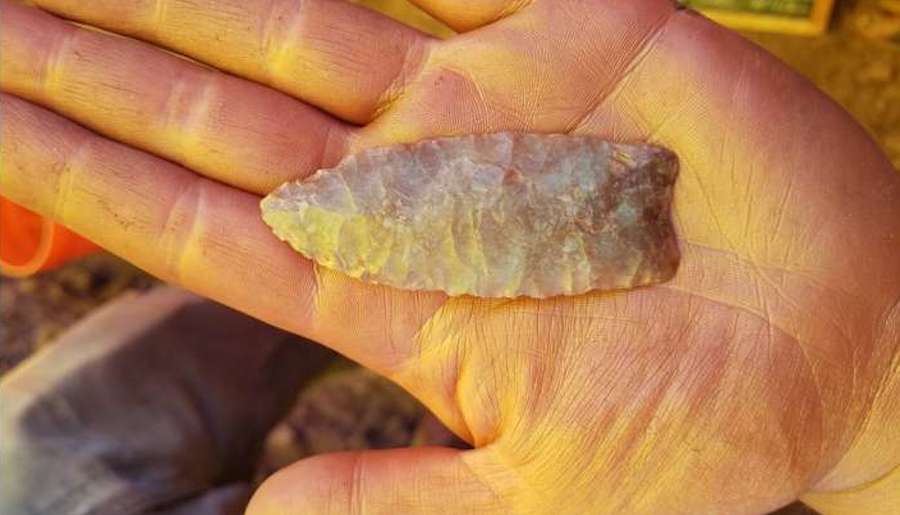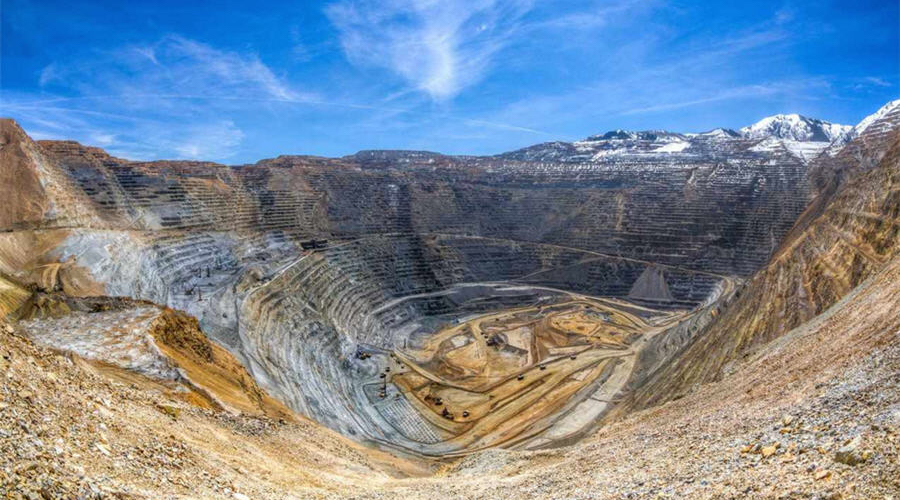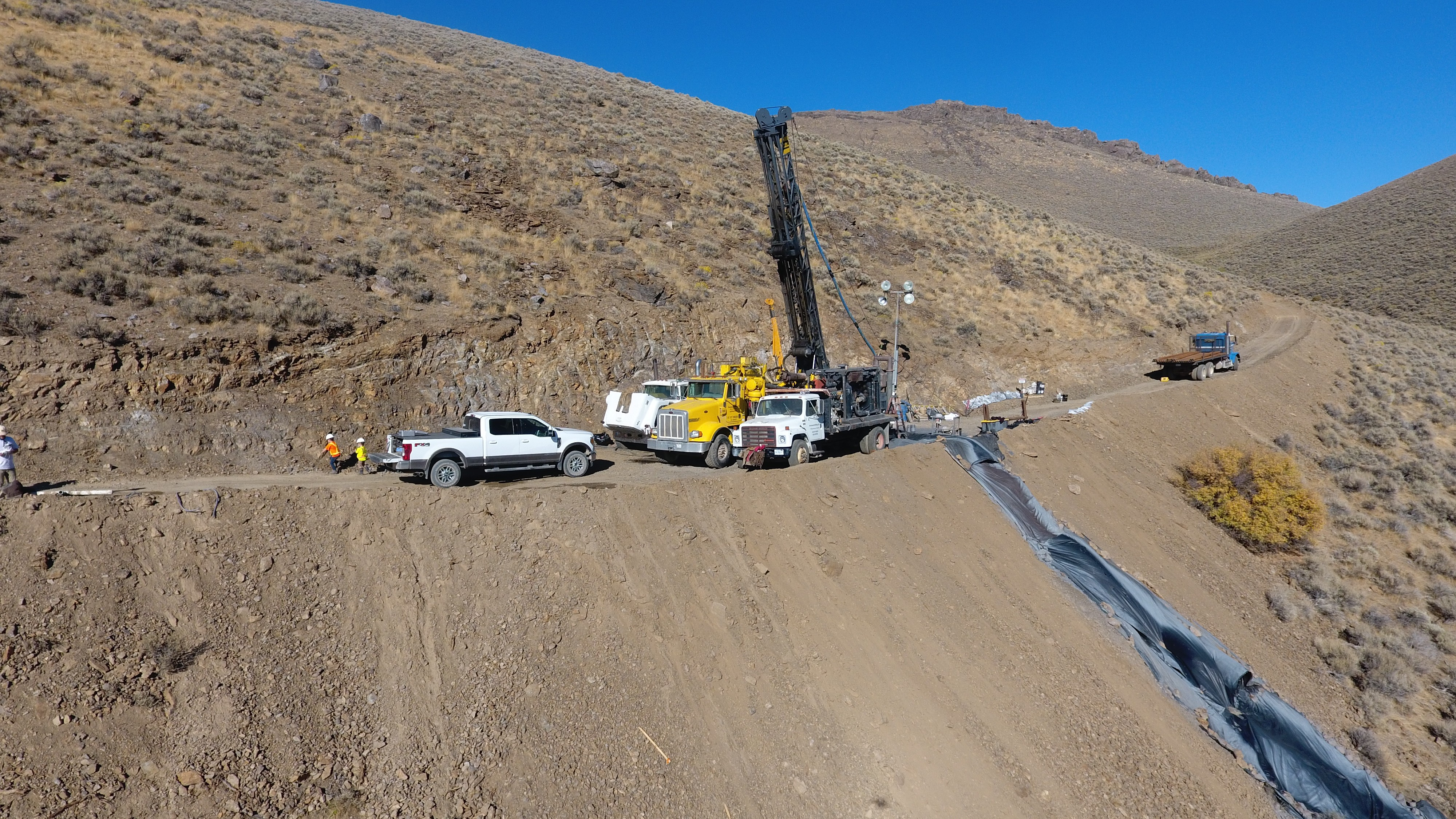The excavations confirmed theories advanced by famed University of Wyoming archaeologist George Frison, which stem from research he began at the site in 1986.
“We have unequivocal evidence for use of this site by early Paleoindians as long as 12,840 years ago and continuing by early Americans for about 1,000 years,” Spencer Pelton, lead author of the paper that documents these findings, said in a media statement. “It’s gratifying that we were finally able to confirm the significance of the Powars II site after decades of work by so many, including Dr. Frison, who learned of the site in the early 1980s and was involved in the research until his death.”
Red ocher, also known as hematite, fulfilled a wide range of functions in Paleoindian societies, including as a pigment in rituals. It has been found at ancient graves, caches, campsites and kill sites in the Great Plains, the Rocky Mountains and beyond. The Powars II site is the only red ocher quarry identified in the North American archaeological record north of southern Mexico—and one of only five such quarries identified in all of the Americas.
Among the artifacts previously discovered at the Powars II site are Clovis points—believed to be from the first inhabitants of North America—along with other projectile points, tools and shell beads.
The 2017-2020 excavation led by Pelton—a 6- by 1-meter trench bisecting a previously undocumented quarry feature—yielded several thousand more Paleoindian artifacts, along with many well-preserved animal bones and antlers, the latter used to extract the red ocher in the quarry.
The projectile points come from numerous locations in the region, including from as far away as the Edwards Plateau in Texas. That makes it likely that the red ocher found at archaeological sites throughout the American midcontinent came from the Powars II quarry.
“Beyond its status as a quarry, the Powars II artifact assemblage is itself one of the densest and most diverse of any thus far discovered in the early Paleoindian record of the Americas,” Pelton said.
The researcher and his colleagues said the evidence discovered so far indicates the quarry was used in two primary periods. During the first, dating to as long as 12,840 years ago and lasting several hundred years, people not only quarried red ocher—using bones and antlers as tools—but also produced and repaired weapons, along with other activities. After a hiatus of a century or more, the site was occupied by humans who mined red ocher and deposited artifacts in piles in a quarry pit.
“Further excavation of the estimated 800-square-meter remainder of the site will certainly reveal complexity not captured by our sample,” the scientists said.




